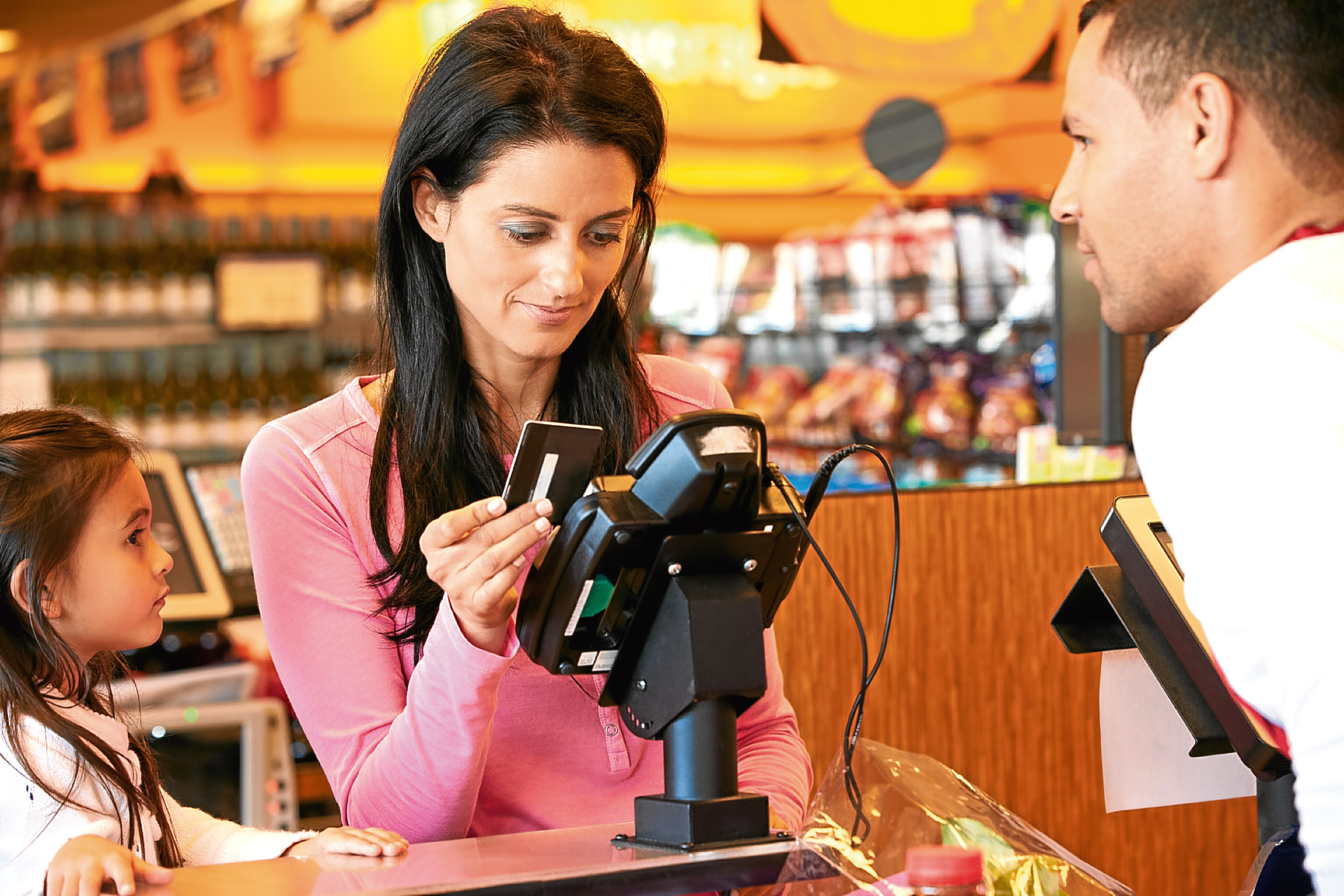
DO you still reach for the notes and coins in your wallet when popping out to buy a few essentials, or simply swipe with your plastic?
Rewind a decade or so, and it might have seemed strange to “tap and go” instead of using cash – but for many people, that’s now a firm everyday habit.
And as contactless technology continues to grow in popularity, there is speculation that 1p and 2p coins could be scrapped.
So are we heading towards a cashless society? Here’s all you need to know …
What’s actually happening?
In the spring statement, the UK Government launched a debate on the role of cash and digital payments.
The consultation document does not ask specifically whether the 1p and the 2p coins should be ditched – but it does ask for opinions on whether the mix of eight different coins and four banknotes meets current and future needs, and if not, how it should change.
After this sparked fears that coppers could be in for the chop, ministers signalled that they are unlikely to be scrapped, with the consultation simply intended to enable a better understanding of the role of cash.
So why have coppers been put under the spotlight?
Six in every 10 copper coins are only used in one transaction, before disappearing out of the cash cycle.
In some cases, this could be because they end up sitting in jam jars and piggy banks, or piled up on sideboards. But in 8% of cases, they are thrown away. To make up for so many disappearing coppers, in the past, this has meant more than 500 million 1p and 2p coins have had to be produced each year to replace those rolling off elsewhere.
What about banknotes?
The £50 banknote is rarely used for routine purchases and many people associate high-value notes with criminal activity.
What concerns were raised over the possibility of some denominations disappearing?
Some people have raised concerns that if copper coins were ditched, it could be the start of a more dramatic move towards a cashless society. Paying digitally for goods is still not a suitable option for all people.
Meanwhile, concerns were raised about the impact on charities, and there have also been suggestions that consumers could be hit in the wallet if prices were to be simply rounded up in the absence of the 1p coin.
So how is our relationship with cash expected to change beyond the trends we’re already seeing?
Recent years have seen a huge surge in the use of contactless payments. We’re so used to reaching for plastic nowadays that by the end of this year, debit cards are expected to have overtaken cash as the most frequently used payment method. Industry body UK Finance says it expects this landmark in our spending habits to happen some time around the last three months of 2018.
Do these trends mean we’re eventually going to be a cashless society?
Some people are already living a largely cashless life. In 2016, 2.9 million people used cash once a month or less often. But, at the same time, a similar number were mainly reliant on cash.
Around 2.7 million people relied predominantly on cash for their day-to-day spending.
UK Finance thinks predictions of the UK becoming a cashless society are somewhat premature.
According to its forecasts, cash will still be the second most frequently-used payment method in the UK in 2026, accounting for a fifth of all payments. So it looks like we may still have use for those piggy banks for a while yet.

Enjoy the convenience of having The Sunday Post delivered as a digital ePaper straight to your smartphone, tablet or computer.
Subscribe for only £5.49 a month and enjoy all the benefits of the printed paper as a digital replica.
Subscribe